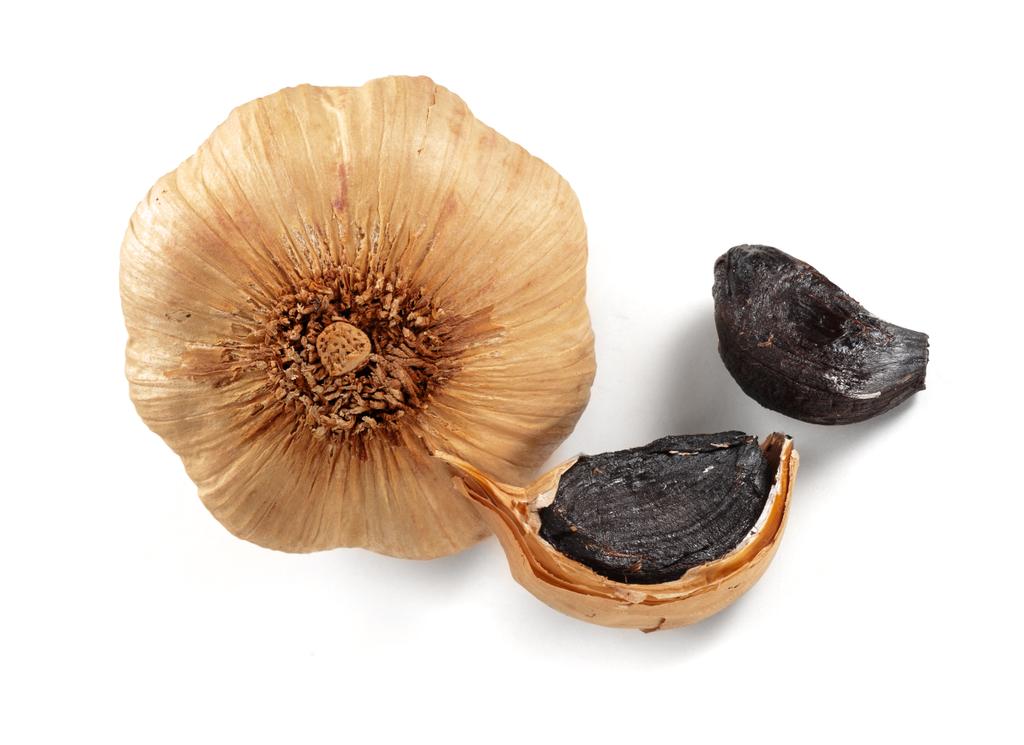Black garlic is touted as the culinary delicacy in some delicatessens. In addition to the unique taste, “Black Garlic” is also said to be extremely healthy. We’ll tell you what’s up.

Black garlic – what is it?
Black garlic is not a separate plant species, but ordinary white garlic (Allium sativum). The bulb gets its black color from a special fermentation process.
To produce black garlic, it is exposed to a temperature of 60 to 80 degrees for several weeks at a high humidity of 80 to 90 percent. This fermentation process is often used in food production and is responsible for turning garlic black.
Incidentally, black garlic has long been popular in Asian cuisine. Now he is penetrating more and more into the European market.
Taste and uses of Black Garlic
Black garlic is mainly advertised because of its extraordinary taste: in terms of taste, it has very little to do with ordinary garlic. Instead, the Black Garlic comes up with sweet and sour nuances of liquorice, balsamic vinegar and plum compote. The consistency is soft, almost jelly-like.
You can use the black garlic in many different ways: it goes well with pasta and rice dishes, dishes with meat and fish, but also various salads. It is also well suited for marinades. Thanks to its unusual appearance, Black Garlic is also a great garnish.
The big advantage: Black garlic does not produce the typical garlic-like bad breath and – unlike fresh garlic – does not have a pungent taste.
Black garlic is so healthy
It seems like a marketing gimmick that the industry wants to sell us the Black Garlic as even more healing. But actually: numerous studies have now researched how and why black garlic is so healthy.
The health-important ingredient allicin is hardly present in black garlic, as it has been converted into antioxidant compounds by fermentation. These include bioactive alkaloids and flavanoids.
The antioxidant effect of black garlic is significantly higher than that of normal garlic.
In addition, black garlic is considered anti-inflammatory, anti-cancer and anti-allergic. Black Garlic can also be more effective than its usual form in type 2 diabetes.
Since the fermented garlic also contains fewer fructans, it is also easier on the stomach and intestines.

A culinary delicacy with a poor eco-balance?
Compared to garlic in its usual form, black garlic has a number of advantages: it is easier to digest, can be used in many ways, does not cause bad breath and also has health potential. You should have tried it at least once because of its very special aroma and taste combination alone.
In addition to all the good aspects, we only see the downside of black garlic in its eco-balance: The Black Garlic offered in this country mostly comes from southern Spain, sometimes even from China or Korea – even though garlic is native to us. Due to the long transport routes, you should make sure that you use regional providers if possible.

